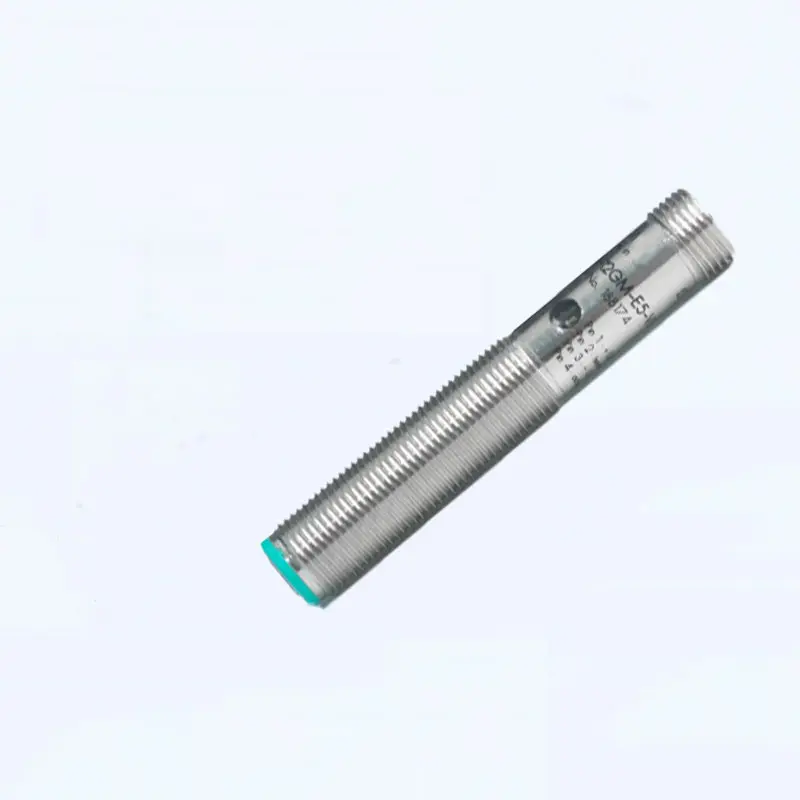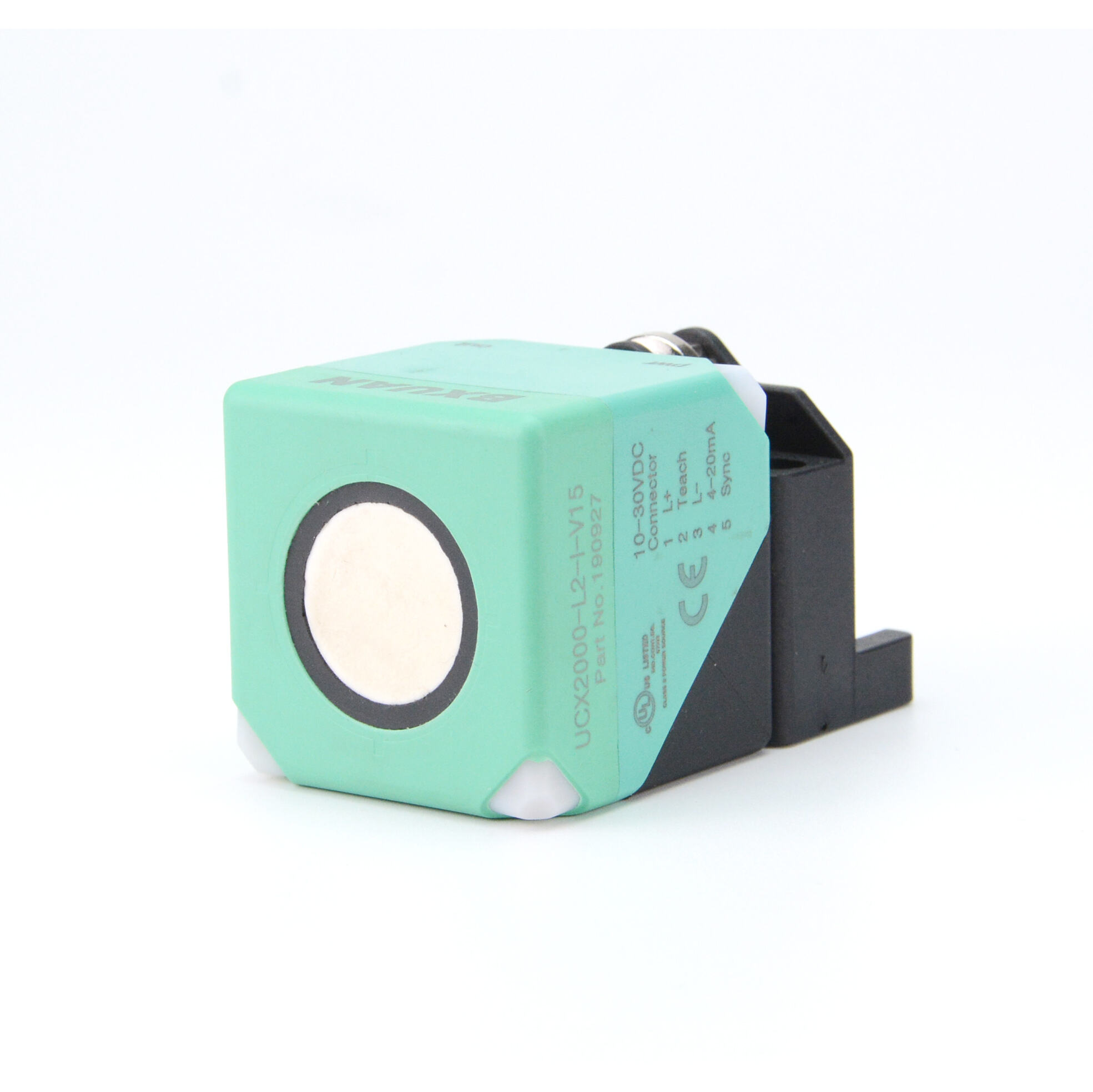Understanding the Power of Ultrasonic Technology in Modern Sensing Applications
In today's rapidly evolving technological landscape, ultrasonic sensors have emerged as indispensable tools across numerous industries. These sophisticated devices utilize sound waves beyond human hearing range to detect objects, measure distances, and perform various sensing tasks with remarkable precision. As automation and smart technologies continue to reshape our world, the implementation of ultrasonic sensors has become increasingly vital for both industrial and consumer applications.
The versatility and reliability of ultrasonic sensor technology have made it a preferred choice for engineers, manufacturers, and innovators seeking robust sensing solutions. From automotive parking assistance to industrial process control, these sensors offer unparalleled advantages that make them stand out among other sensing technologies.
Core Advantages of Ultrasonic Sensing Technology
Superior Accuracy and Precision
One of the most compelling benefits of ultrasonic sensor technology lies in its exceptional accuracy. These sensors can detect and measure distances with precision down to millimeters, making them ideal for applications requiring exact measurements. The high-frequency sound waves emitted by ultrasonic sensors provide consistent and reliable readings, even in challenging environmental conditions.
The precision of ultrasonic sensors is particularly valuable in manufacturing processes where exact positioning and measurement are crucial. For instance, in assembly lines, these sensors ensure components are correctly positioned and spaced, maintaining quality control standards and reducing production errors.
Versatility Across Different Materials
Ultrasonic sensors excel at detecting a wide range of materials, including transparent, solid, liquid, and granular substances. This versatility makes them invaluable in diverse applications, from liquid level monitoring in tanks to object detection on conveyor belts. Unlike optical sensors, ultrasonic sensors can effectively operate regardless of the target object's color, transparency, or surface reflection properties.
In industrial settings, this material-agnostic capability allows for seamless integration into various processes. Whether monitoring the fill level of opaque liquids or detecting clear glass panels, ultrasonic sensors maintain their reliability and accuracy.
Environmental Adaptability and Durability
Resistance to Harsh Conditions
Ultrasonic sensors demonstrate remarkable resilience in challenging environments. They can operate effectively in dusty, humid, or smoky conditions that might impair other sensing technologies. This robustness makes them particularly valuable in industrial settings where environmental factors could compromise the performance of alternative sensing solutions.
The sealed construction of ultrasonic sensors protects their internal components from contamination, ensuring long-term reliability even in harsh industrial environments. This durability translates to reduced maintenance requirements and lower operational costs over time.
Temperature and Weather Tolerance
Modern ultrasonic sensors are designed to function across a wide temperature range, making them suitable for both indoor and outdoor applications. Whether exposed to extreme heat in manufacturing processes or cold temperatures in outdoor installations, these sensors maintain their performance and accuracy.
This weather resistance makes ultrasonic sensors ideal for outdoor applications such as parking assistance systems, security installations, and agricultural automation, where exposure to various weather conditions is inevitable.

Cost-Effective Implementation and Maintenance
Economic Installation and Setup
Implementing ultrasonic sensor systems typically involves lower initial costs compared to more complex sensing technologies. The straightforward installation process requires minimal specialized equipment or expertise, reducing setup time and associated expenses. Additionally, the simple working principle of ultrasonic sensors translates to fewer components that could potentially fail or require replacement.
The cost-effectiveness extends to system integration, as ultrasonic sensors can easily interface with existing control systems and automation platforms. This compatibility helps organizations maximize their return on investment while minimizing implementation challenges.
Minimal Maintenance Requirements
The robust nature of ultrasonic sensors contributes to their low maintenance needs. With no moving parts and sealed construction, these sensors require minimal routine maintenance beyond occasional cleaning and calibration checks. This reliability reduces downtime and maintenance costs while ensuring consistent performance over extended periods.
The long operational life of ultrasonic sensors further enhances their economic value, as replacements are needed less frequently compared to other sensing technologies. This durability makes them particularly attractive for applications where sensor accessibility may be limited or maintenance operations are costly.
Safety and Non-Contact Operation
Contact-Free Measurement Capabilities
The non-contact operation of ultrasonic sensors represents a significant advantage in many applications. By measuring distances without physical contact, these sensors can monitor sensitive materials or dangerous substances without risk of contamination or damage. This feature is particularly valuable in food processing, pharmaceutical manufacturing, and handling of hazardous materials.
The ability to perform measurements without physical contact also extends the lifespan of the sensor by eliminating wear and tear that might occur with contact-based sensing methods. This non-invasive approach ensures consistent accuracy while maintaining the integrity of both the sensor and the measured objects.
Enhanced Workplace Safety
Ultrasonic sensors contribute significantly to workplace safety by enabling remote monitoring and detection of potential hazards. Their ability to detect objects or level changes from a distance helps prevent accidents and injuries in industrial settings. The technology's reliability in various environmental conditions ensures consistent safety monitoring regardless of visibility or lighting conditions.
In automated systems, ultrasonic sensors provide crucial safety functions such as collision prevention and proximity detection, helping to protect both equipment and personnel. Their quick response times and accurate measurements make them ideal for safety-critical applications.
Frequently Asked Questions
How Long Do Ultrasonic Sensors Typically Last?
Ultrasonic sensors generally have a long operational life, typically ranging from 5 to 10 years when properly maintained. Their durability and lack of moving parts contribute to this extended lifespan, though actual longevity depends on the specific application and environmental conditions.
Can Ultrasonic Sensors Work in Noisy Environments?
Modern ultrasonic sensors are designed with sophisticated filtering algorithms and shielding that allow them to function effectively in noisy environments. Many models include features to distinguish between ambient noise and sensor signals, ensuring reliable operation in industrial settings.
What Is the Typical Detection Range of Ultrasonic Sensors?
The detection range of ultrasonic sensors varies by model and application, but typically spans from a few centimeters to several meters. Industrial sensors can often detect objects at distances of up to 10 meters or more, while compact sensors used in automotive applications might have shorter ranges optimized for their specific use case.
Are Ultrasonic Sensors Affected by Light Conditions?
Unlike optical sensors, ultrasonic sensors operate independently of light conditions. They can function equally well in complete darkness, bright sunlight, or varying light conditions, making them particularly valuable for applications where lighting cannot be controlled or varies significantly.

